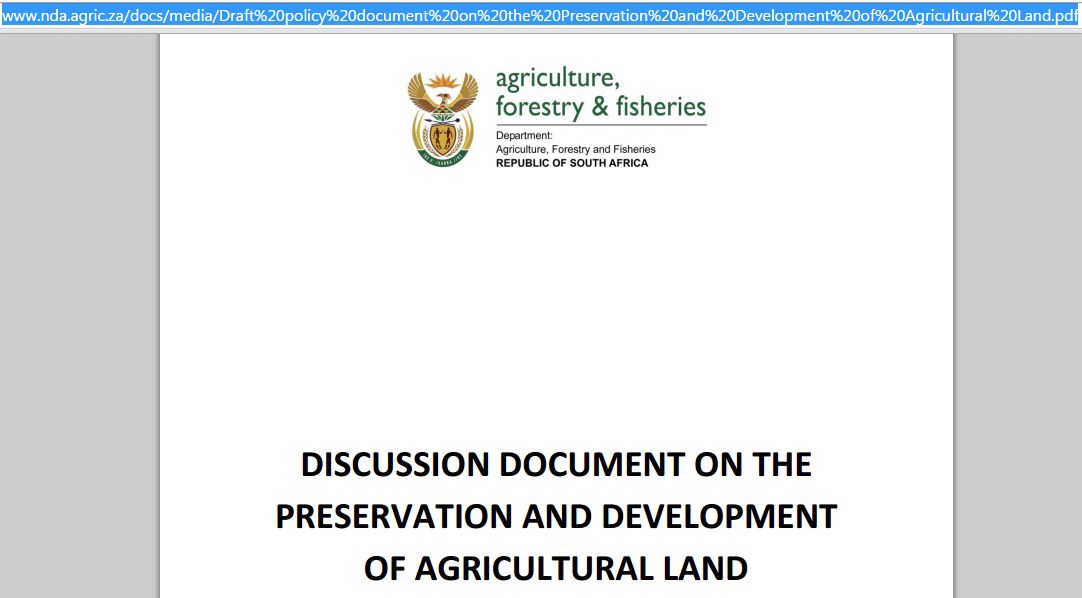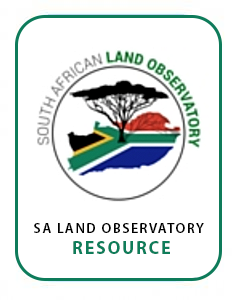Discussion document on the preservation and development of agricultural land
The preservation, development and sustainable use of agricultural land are of vital importance to ensure longterm food security in South Africa. These principles of food security as well as an integrated, inclusive rural economy underpin the core focus areas of the National Development Plan, Vision 2030 (NDP).






